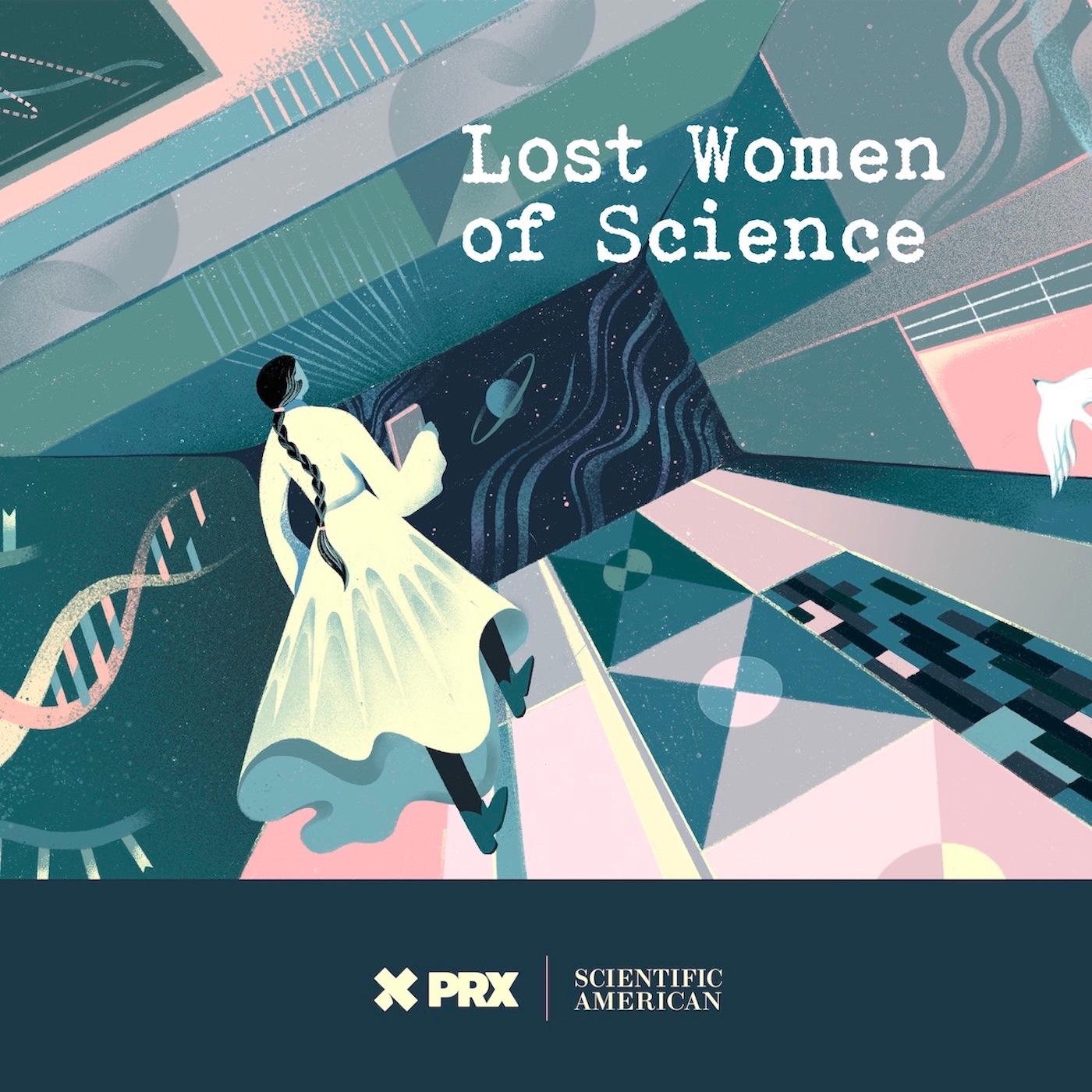
Lost Women of Science
Lost Women of ScienceFor every Marie Curie or Rosalind Franklin whose story has been told, hundreds of female scientists remain unknown to the public at large. In this series, we illuminate the lives and work of a diverse array of groundbreaking scientists who, because of time, place and gender, have gone largely unrecognized. Each season we focus on a different scientist, putting her narrative into context, explaining not just the science but also the social and historical conditions in which she lived and worked. We also bring these stories to the present, painting a full picture of how her work endures.
For every Marie Curie or Rosalind Franklin whose story has been told, hundreds of female scientists remain unknown to the public at large. In this series, we illuminate the lives and work of a diverse array of groundbreaking scientists who, because of time, place and gender, have gone largely unrecognized. Each season we focus on a different scientist, putting her narrative into context, explaining not just the science but also the social and historical conditions in which she lived and worked. We also bring these stories to the present, painting a full picture of how her work endures.
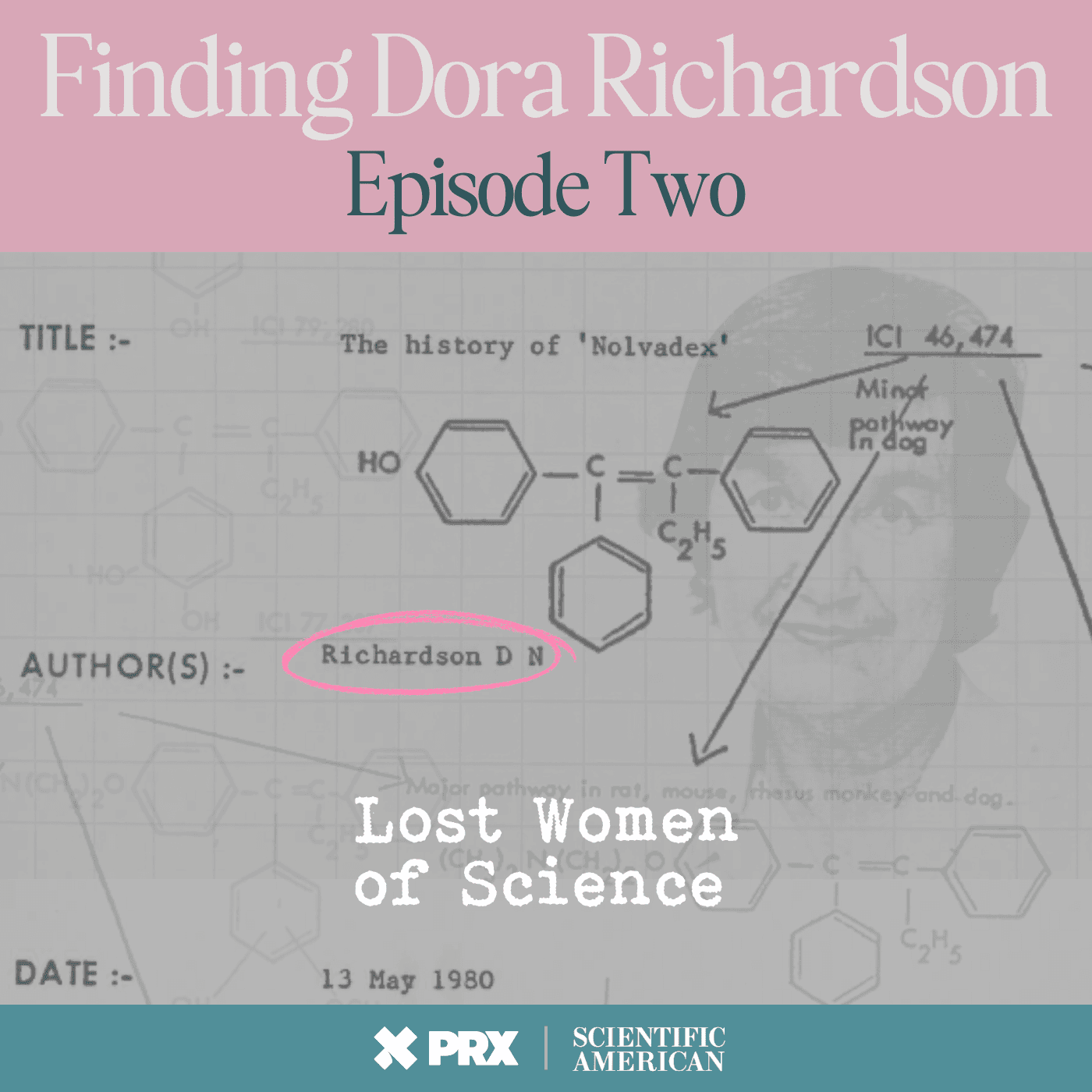
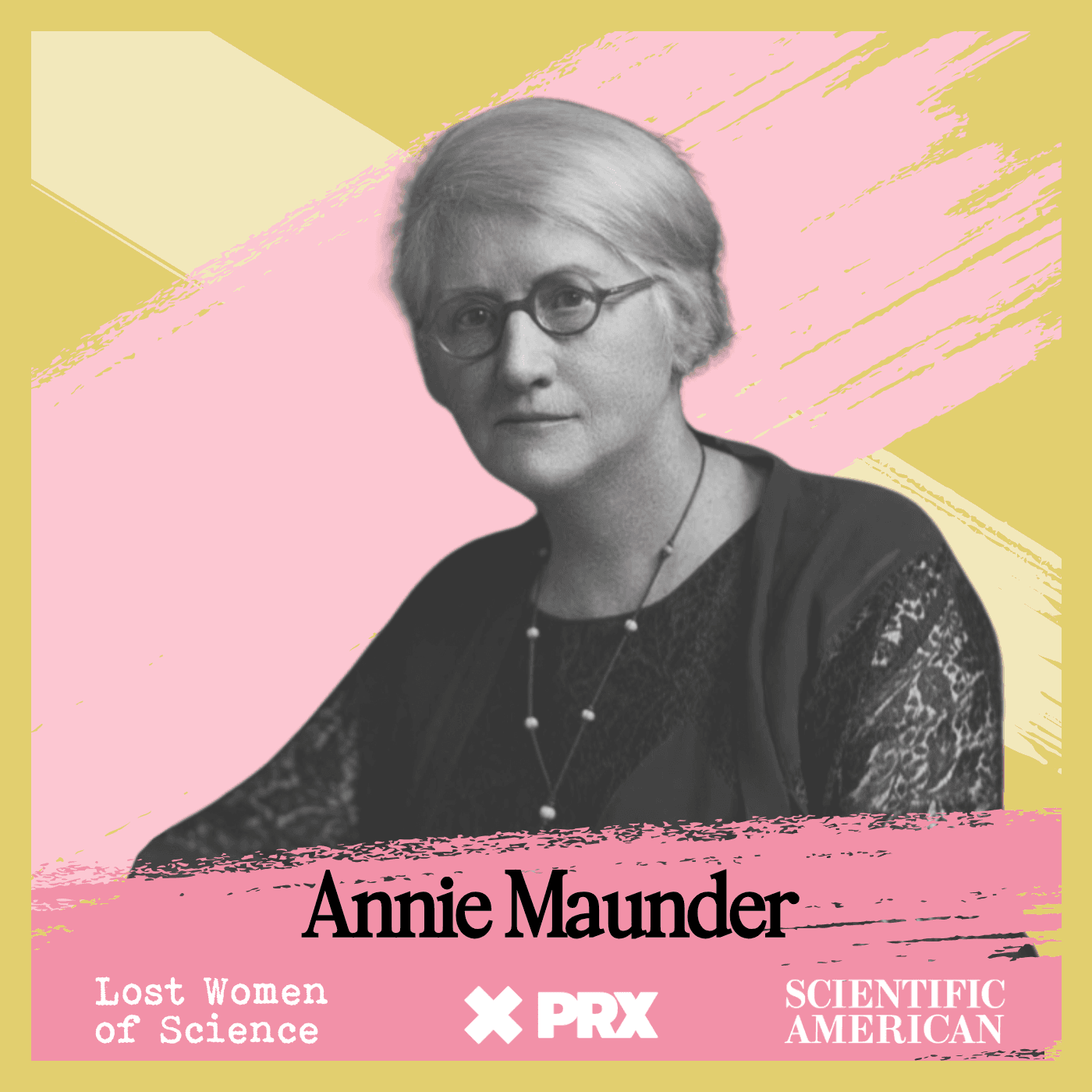









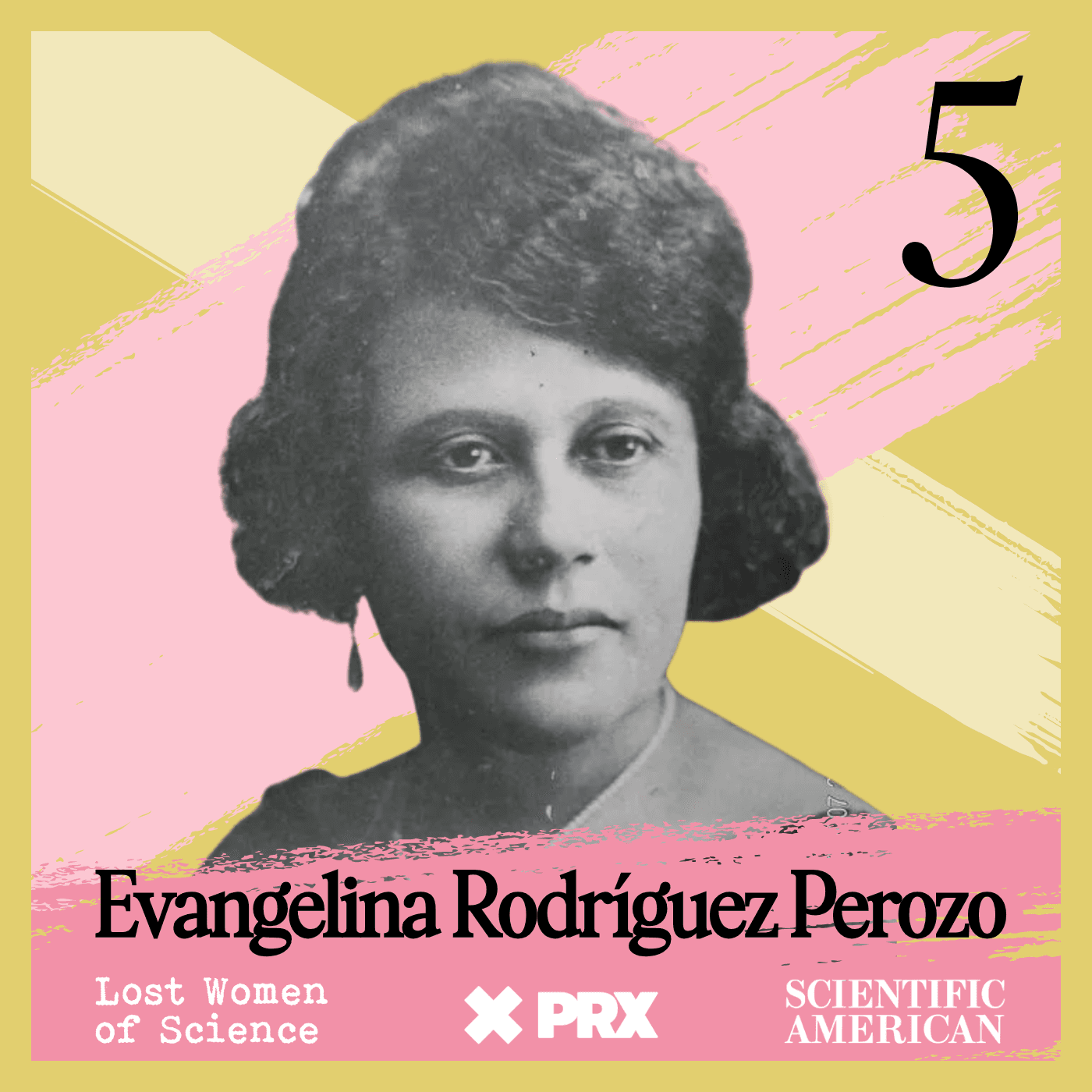













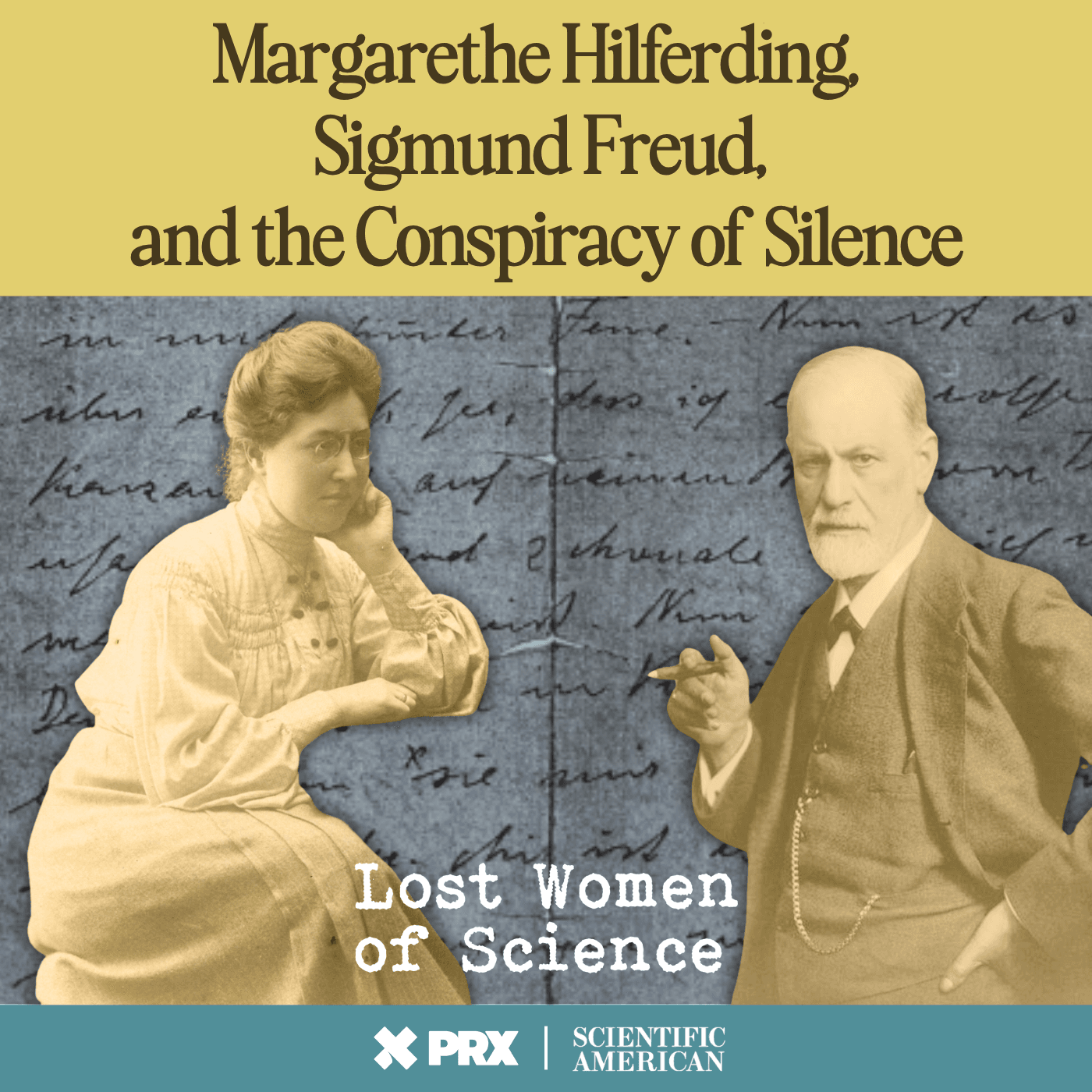





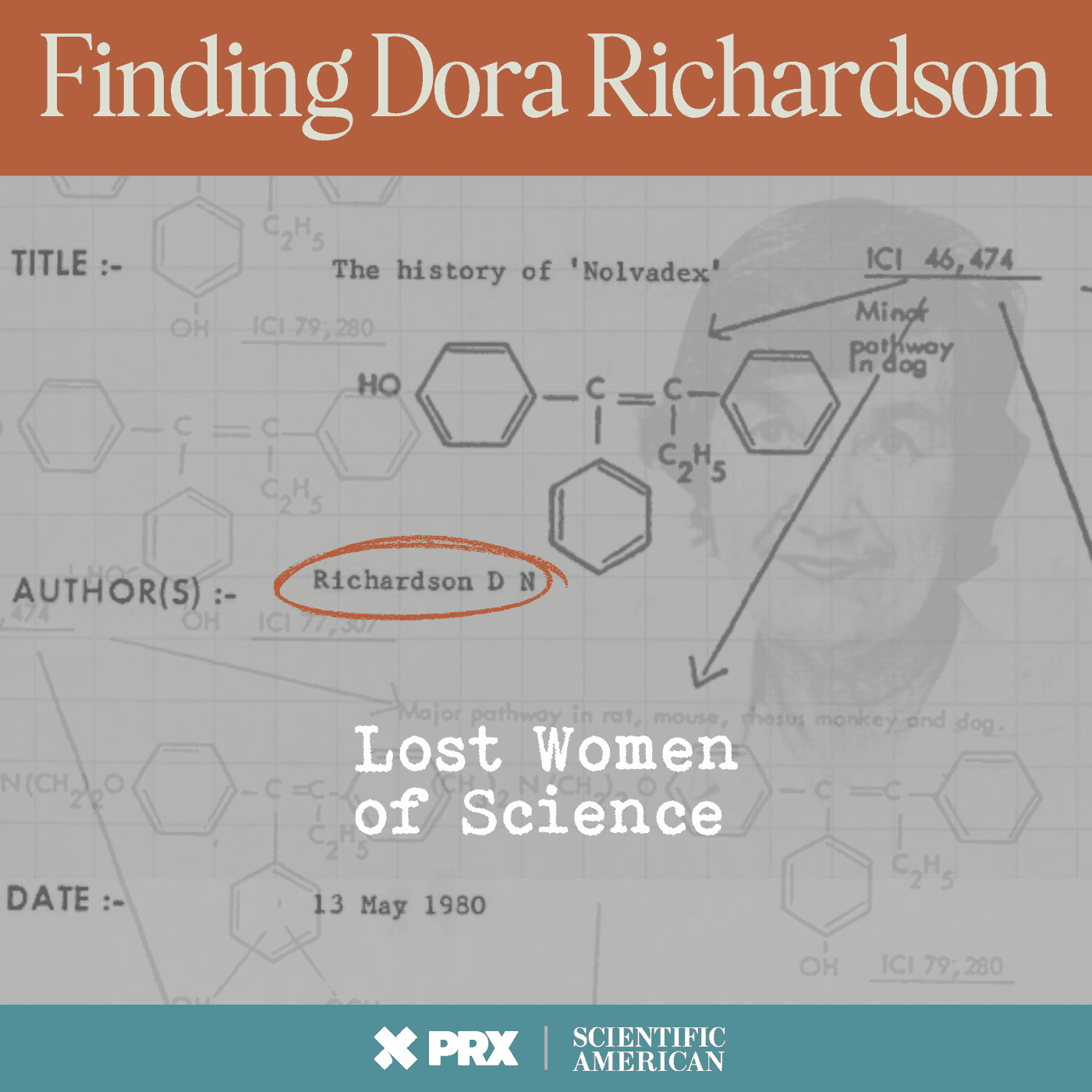





















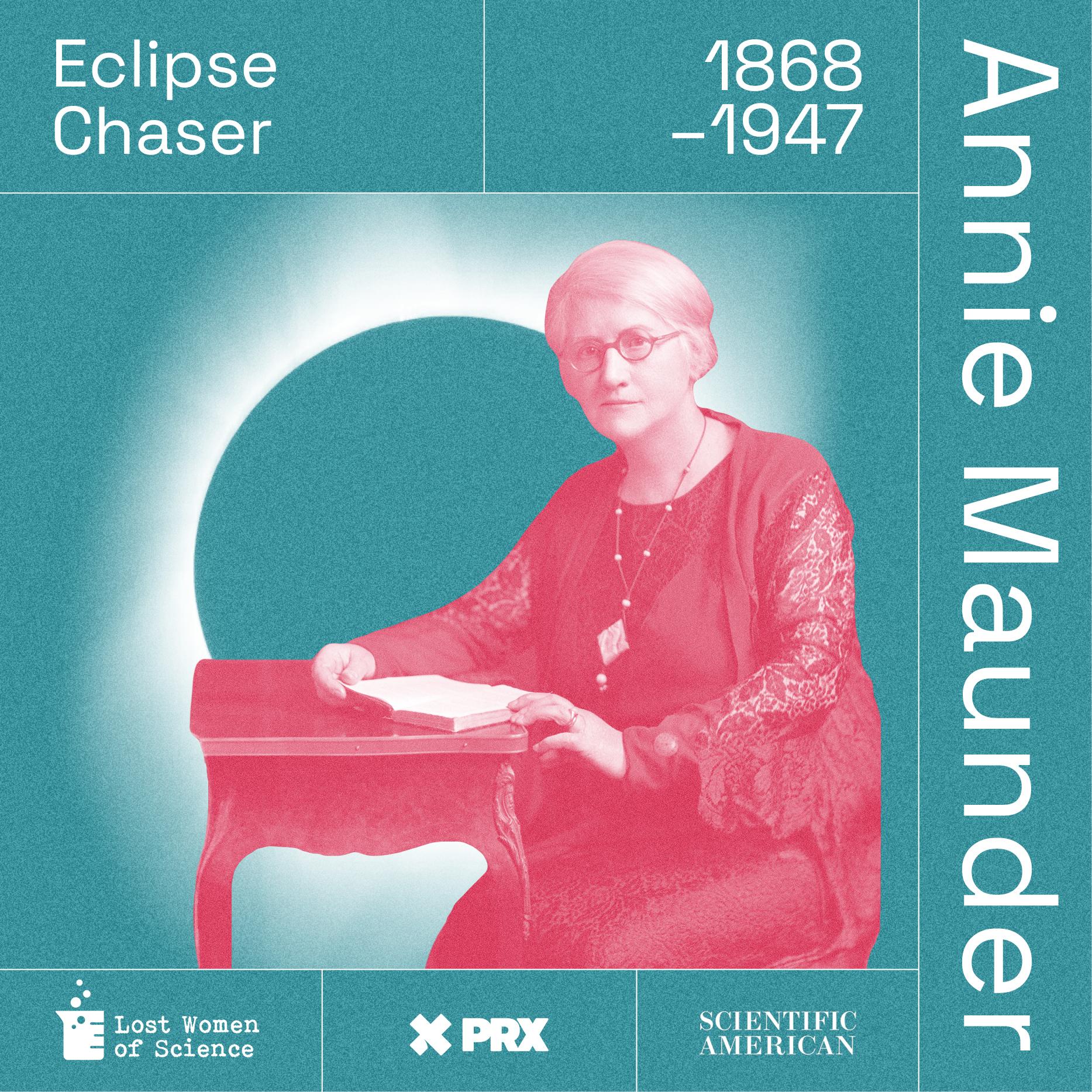
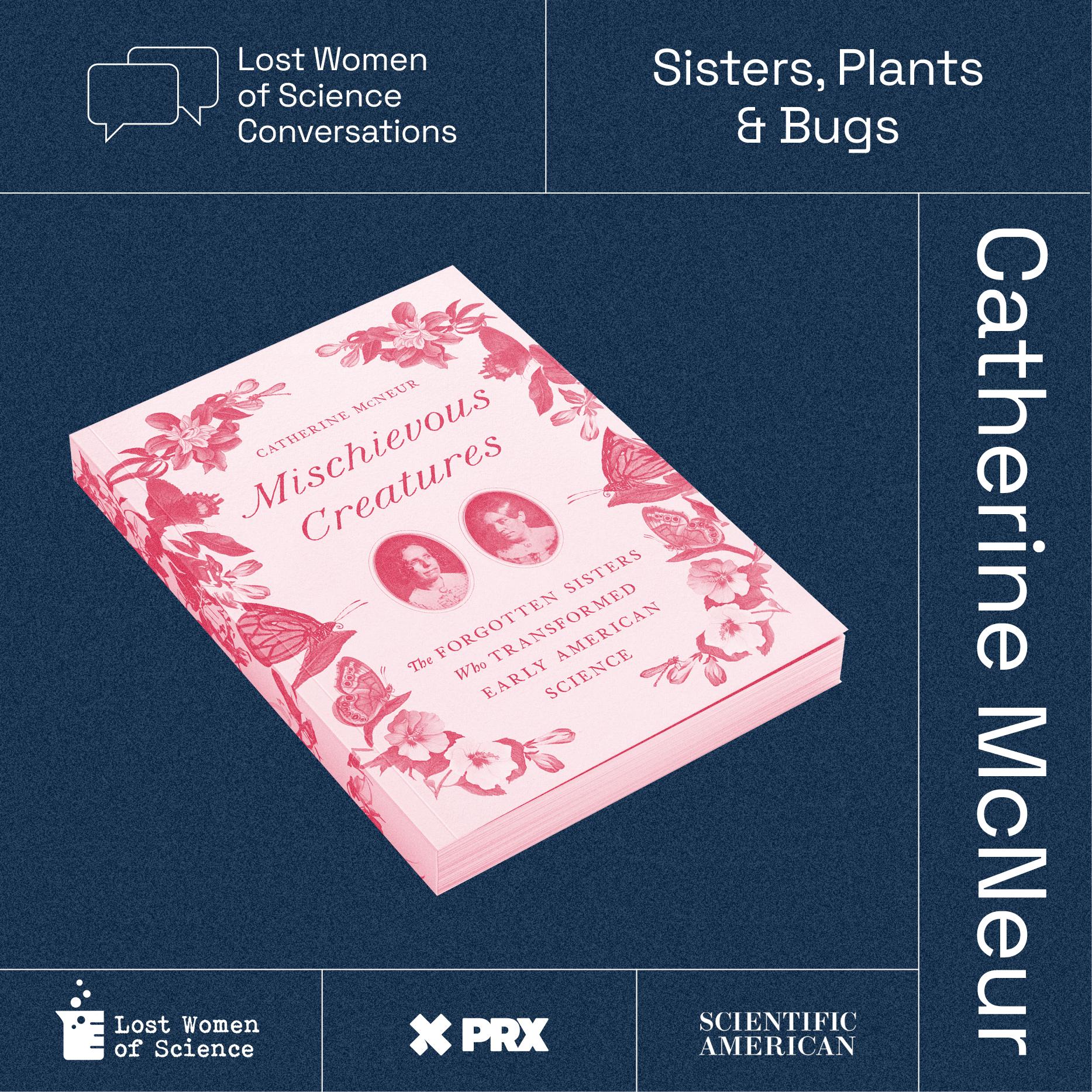























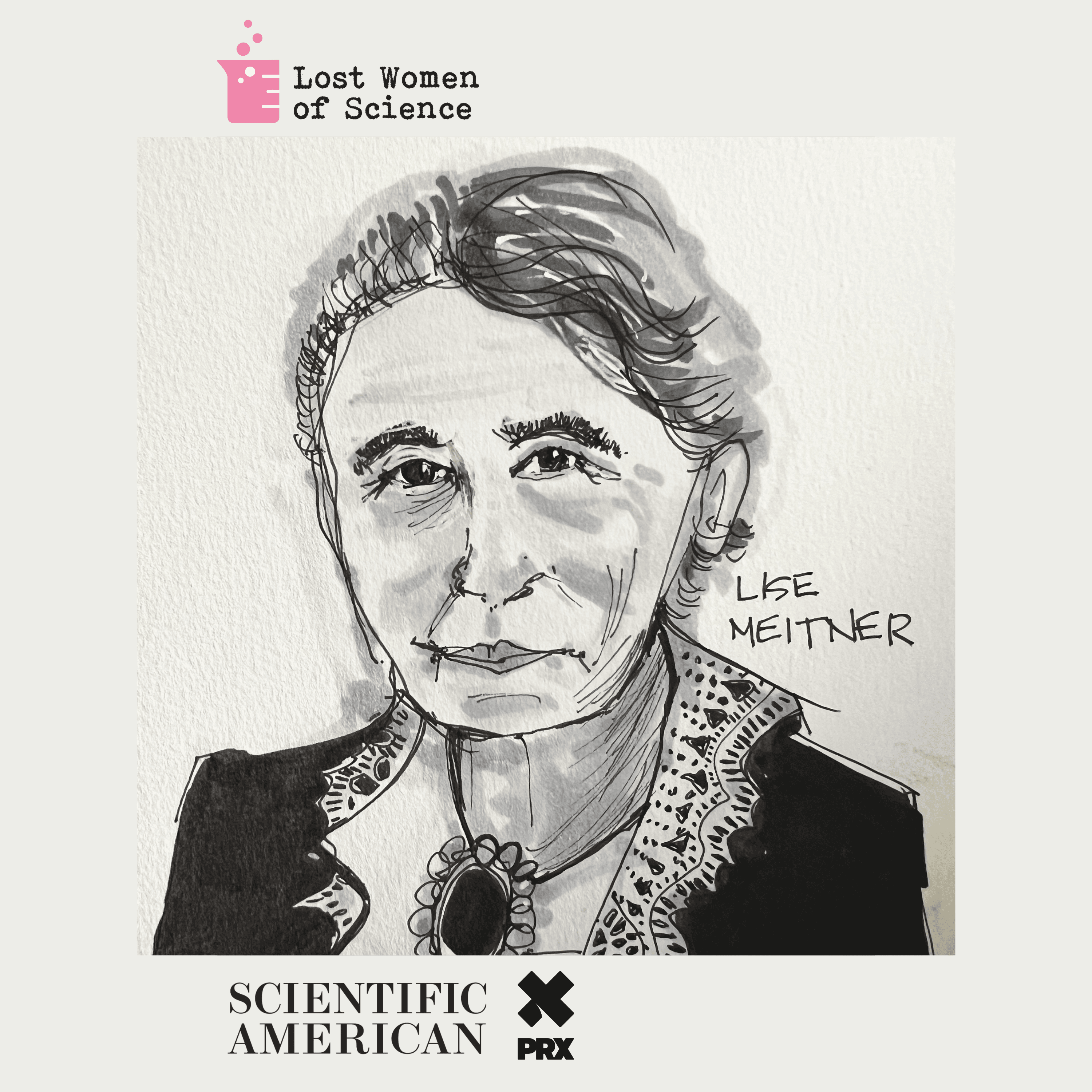




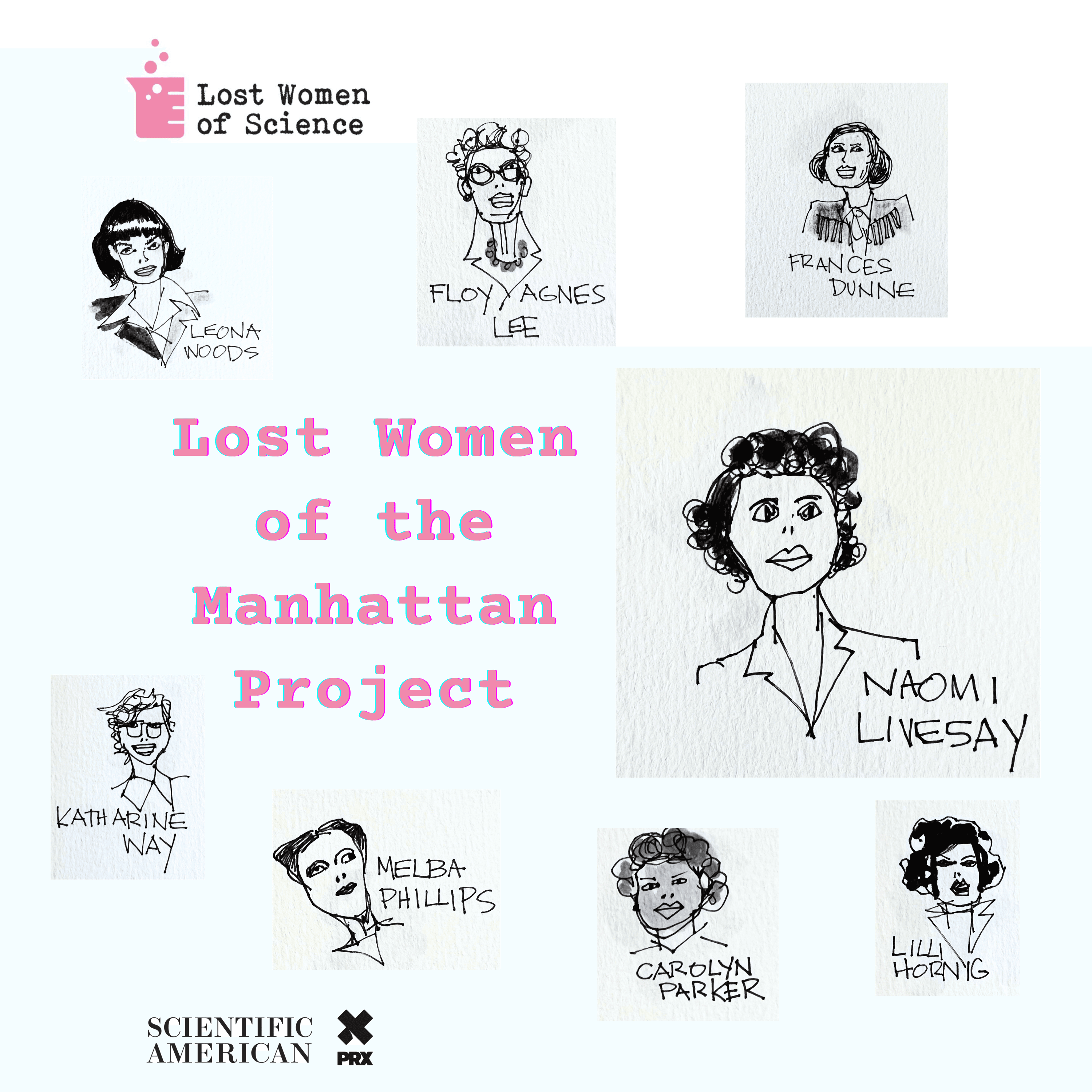




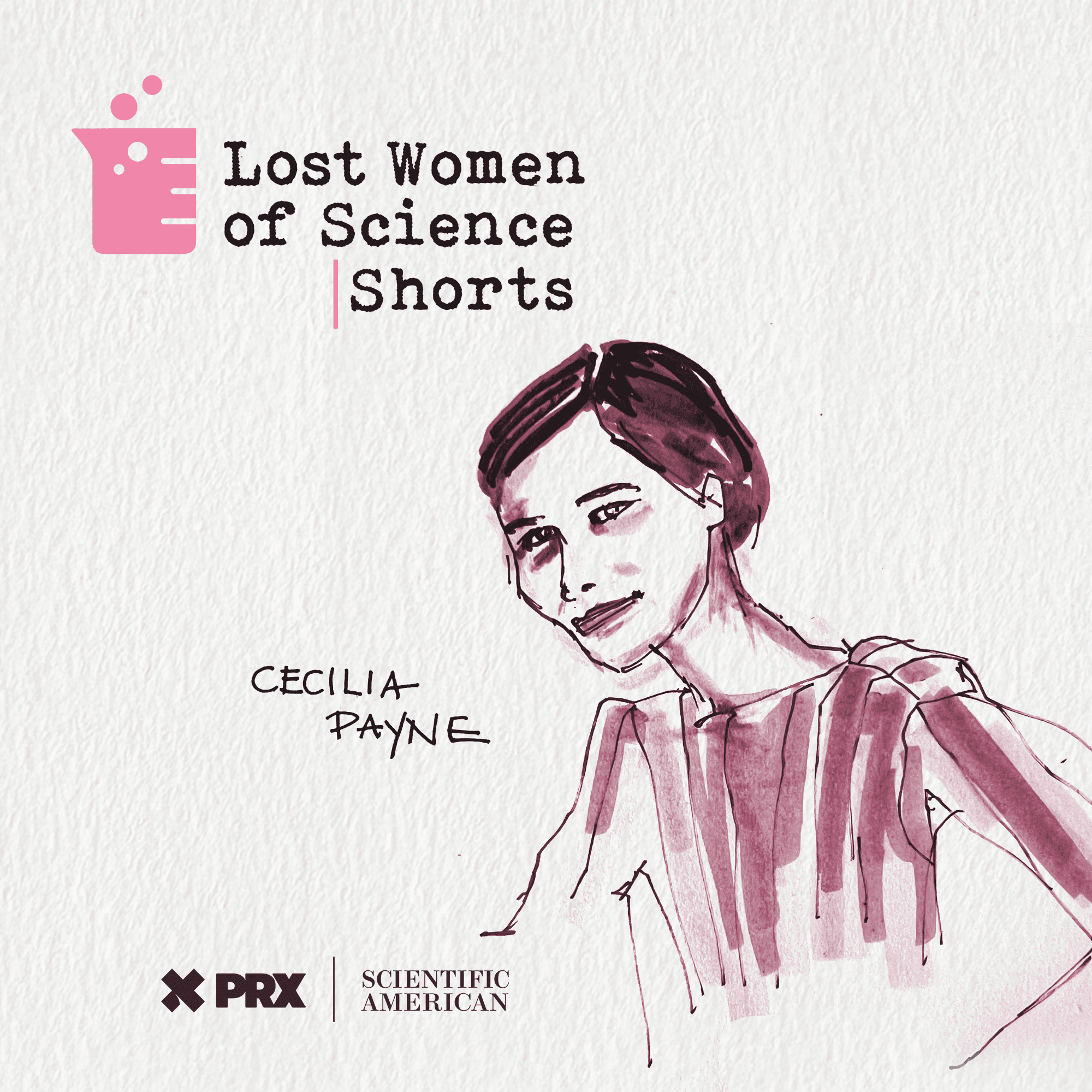


























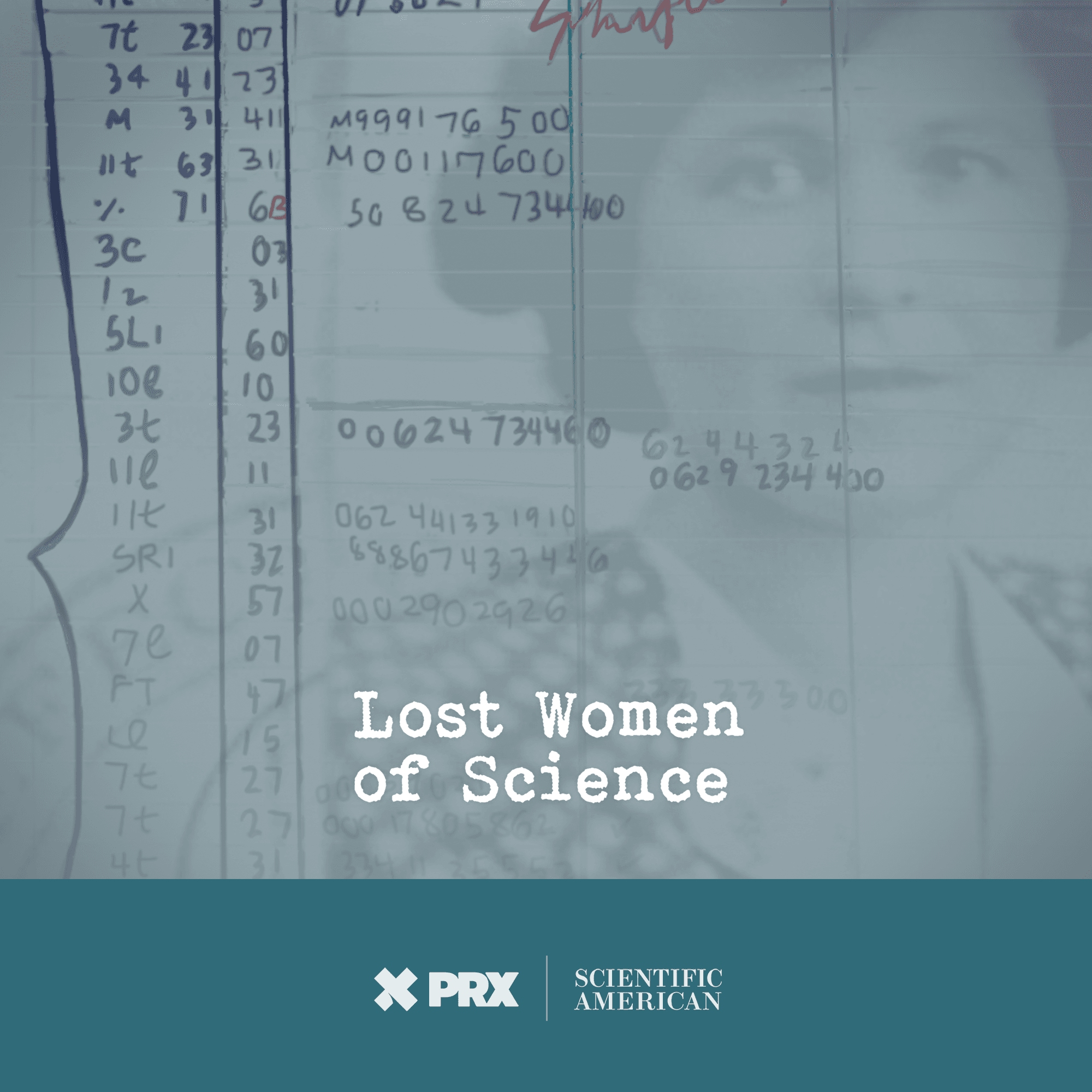
Finding Dora Richardson: The Forgotten Developer of Tamoxifen, a Lifesaving Breast Cancer Therapy - Episode Two

Although initial clinical trials of tamoxifen as a treatment of breast cancer were positive, Imperial Chemical Industries (ICI) did not believe this market would be commercially viable. The company had hoped for a contraceptive pill – tamoxifen didn’t work for that – not a cancer treatment. In 1972 the higher-ups at ICI decided to cancel the research. But Dora Richardson, the chemist who had originally synthesized the compound, and her boss, Arthur Walpole, were convinced they were on to something important, something that could save lives. They continued the research in secret. Tamoxifen was eventually launched in the U.K. in 1973 and went on to become a global success, saving hundreds of thousands of lives. Dora Richardson’s role in its development, however, was overshadowed by her a male colleague and all but forgotten.
Learn about your ad choices: dovetail.prx.org/ad-choices